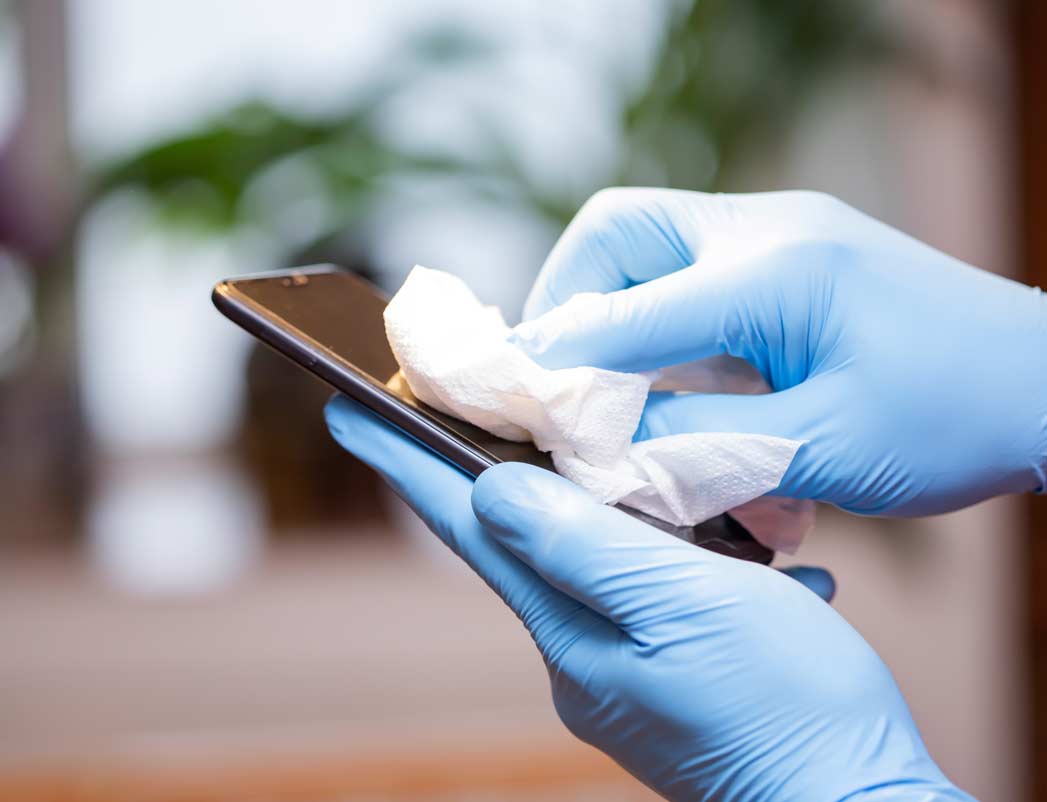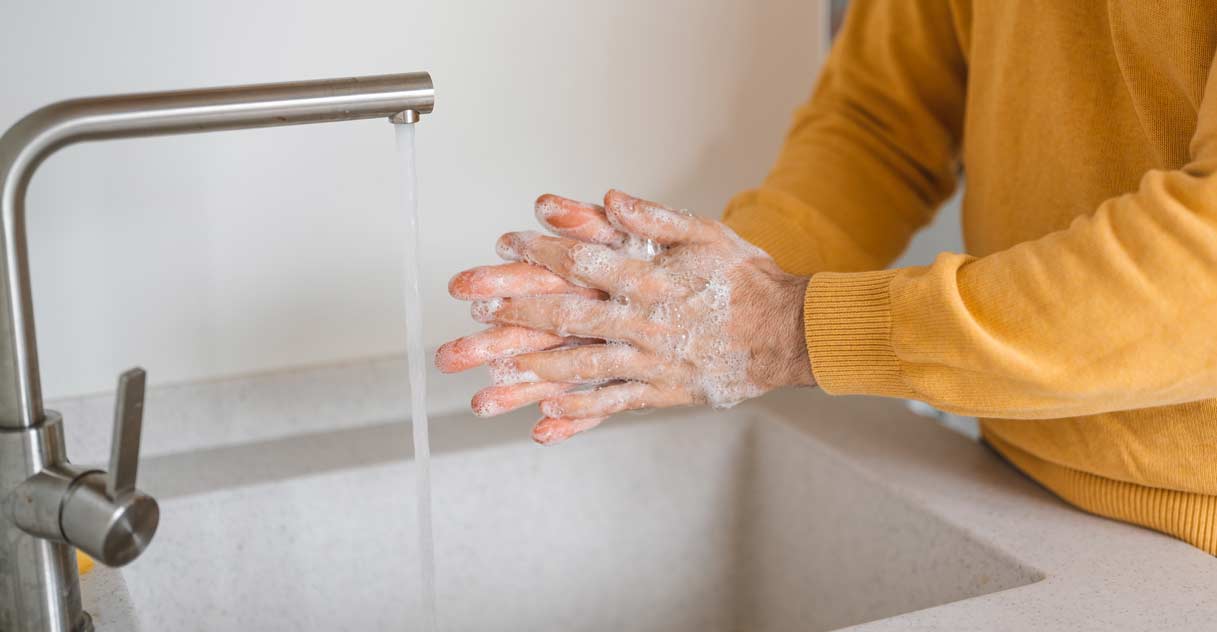Biosafety protocols are documents that are designed to minimize risk factors for contagion and are mandatory to implement them within organizations, in order to care for and protect the health of employees who for different reasons must carry out their activities in person.
Undoubtedly, the Area of Occupational Safety and Health plays a very important role in designing and implementing biosecurity protocols that must be aimed at implementing preventive actions to mitigate the risks of contagion.
Here are five things to include in the protocol:
- Implementing biosecurity notices within the organization, signage is important to reach with accurate and clear information to employees about prevention and self-caremeasures.
- Establish hand washing and shoe disinfectionspaces.
- Train staff on the importance of social estrangement and the proper handling of personal protective elements (cover, hulls, anti-fluid suit, protective goggles, among others)
- The company mustbring a report with the following data: Employee name, symptoms and temperature intake, this record must be worn every day before entering the work area and at the end of the working day.
- The SG-SST partner must identify, analyze and track suspected cases of COVID-19 in conjunction with the ARL.


Note, however, that biosecurity protocols must be reviewed and approved by the mayor’s company in order to obtain authorization and thus reactivate work in your organization.
Finally remember that biosecurity protocols require monitoring and monitoring by the area of OSH (Safety and Health at Work) and that both companies and employees must work together in compliance with the protocol and thus take care of the lives and health of all.


